
Yeezy, SS16, New York.
While looking at the Yeezy collection for Spring-Summer 2016 with puckered seams and wavy zippers, a question began to form about how to evaluate the construction techniques of a collection. Can it ever support a designer’s concept to have construction details that are technically wrong?
Interviews surrounding the collection suggest that the colour palette was a reflection on the variety of human skin tones, played out through the soft muted tones of the colour palette. The silhouettes and details also have military undertones with camouflage colours and utilitarian pockets. But there is also that misfit quality about the clothes, maybe less like a well-funded army and more like kids creating oversized outfits from army surplus.
In this collection, it seems like the clothes were made first and then dyed afterwards, or at least were garment washed after construction to affect and distress the fabrics. It is this process which either intentionally, or unintentionally, has caused the technical problems with the details in the collection. The puckered seams and wavy zipper tapes seem to be the result of putting the garments through wash cycles and treatments, potentially at high temperatures, where all of the components have shrunk at different rates. The thread on the seams reacts differently to the surrounding fabric, and the zipper tapes buckle against the edges of garments.
But the question is, when do we applaud these details for being cleverly engineered methods for creating the mood of the collection and when do we draw the line and just call them construction issues?
This is not at all intended to be a collection review based on whether or not people should like the collection - this is about analysing how we value clothing and how we use construction details as a signal of what we think clothing is worth. And maybe about whether we can still call a piece “luxury” or “elevated” if the construction details may be mistakes.


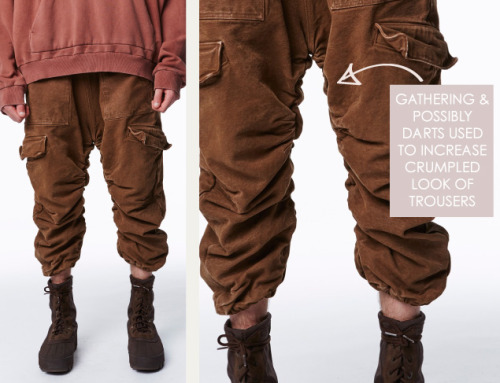
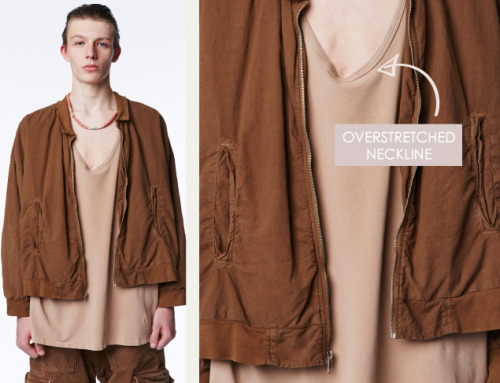
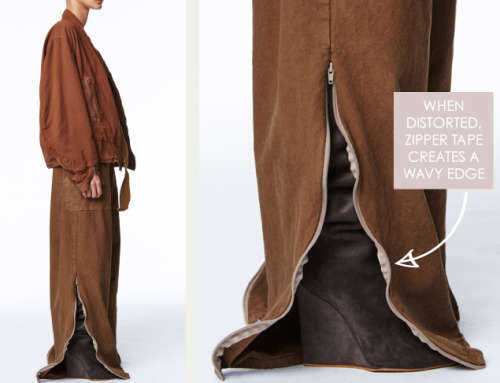
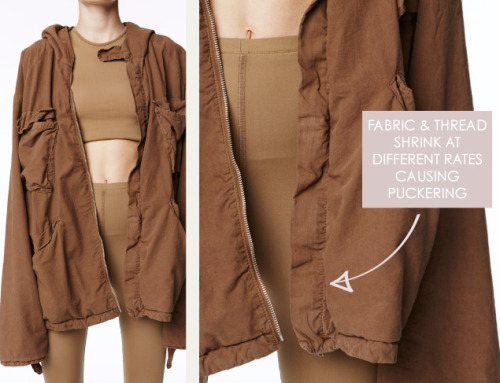
If we decide that the collection is a play on proportion and colour as worn by a cast of ragtag misfits, then you could argue that the details support the collection. These are street style clothes designed to be lived in, worn, stuffed in a bag and then shaken out to be worn again. In a way, they already have the physical qualities of garments that have been through the washing machine too many times. It’s honest to make them have the look of the old favourites that hang around in our wardrobes far longer than they should; t-shirts with overstretched necklines and comfy sweatshirts that have worn too thin.
There’s even precedent for it. Not just at a high-end conceptual fashion level but in streetwear, after all there’s an art to making distressed jeans that look authentic, and people will pay good money for the time and effort required to create the look of a garment that somebody else would throw in the bin. That’s fashion after all, to be able to pick and choose how you piece together an aesthetic and pay for the worn in look if you want it.
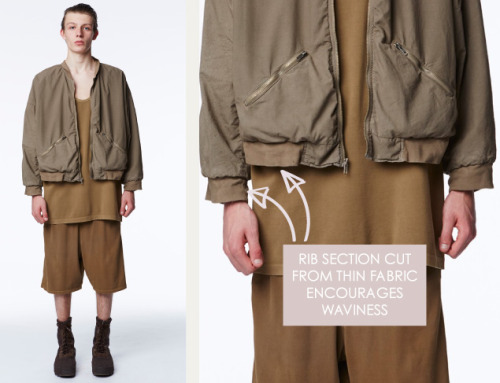
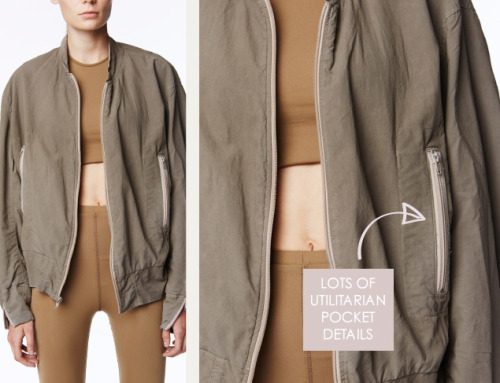
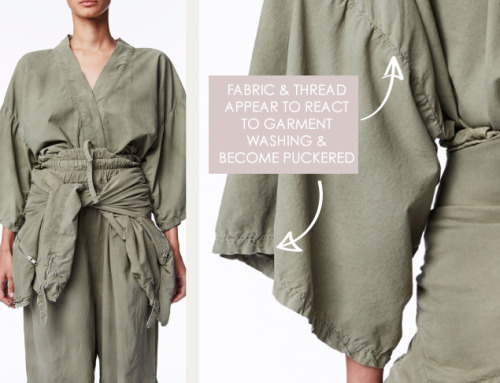
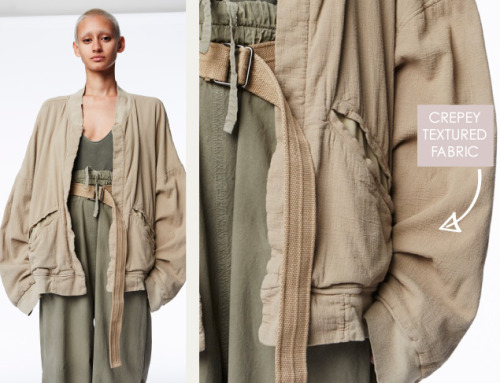
The next question is, is the fact that the details support the concept of the collection enough? Does part of how we value aesthetic come down to the designer’s control? Is a technique only valid if it was intended, but if it was an accidental consequence of dyeing the garments then does it just become unfortunate? Maybe it shows mastery of materials to choose to mismatch the thread to the fabric or screw up the tension, with the intention of creating puckered seams. Or maybe it happened by accident, and when the samples came back to the studio post-dye everyone went “oops”? Do we value one over the other? Should it even matter?
Maybe it’s actually just that these details stand out when they are not bad enough. Maybe the problems need to be worse, and become something new, to be considered artistic. Think Hussein Chalayan encouraging rust to form on the garments on his graduate collection in 1993. Or Margiela leather goods covered in cracking paint. Or more recently, Faustine Steinmetz’s shredded denim.
The thing is that even on a Comme des Garçons garment where almost no edge of the fabric is finished, overlocking is on the outside, the fabric is fraying like nothing else and the silhouette looks like a bunch of knotted rags, there’ll still sometimes be a hint of control. Something tiny, like a perfectly formed hand sewn thread loop on a hook and loop closure. Even if you choose to embrace accidents and curate destruction, maybe there’s something to be said for offsetting it with a silent nod and a wink, a tiny hint of pure, controlled technique.

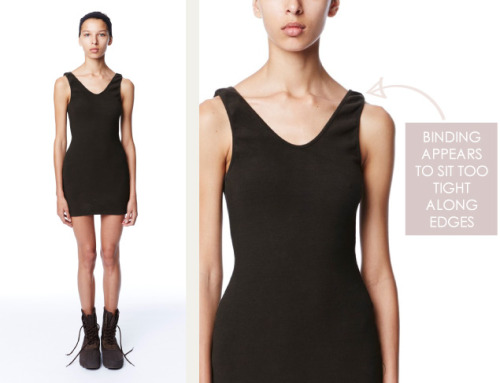
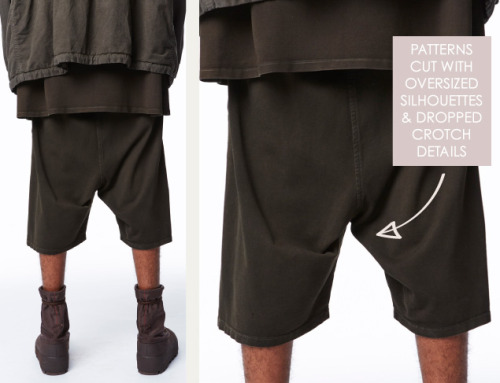

No comments:
Post a Comment